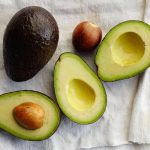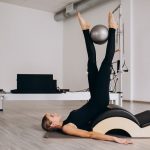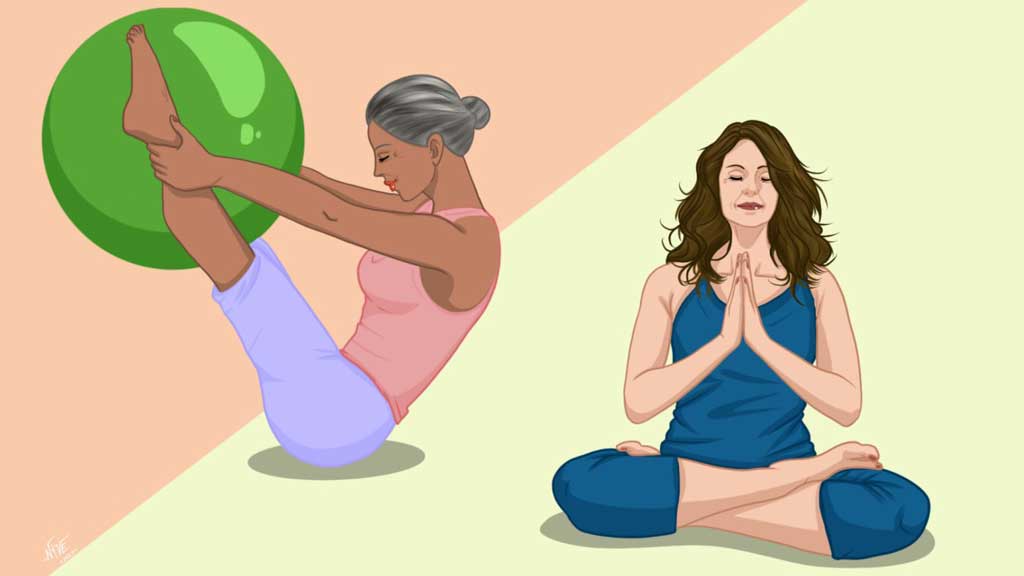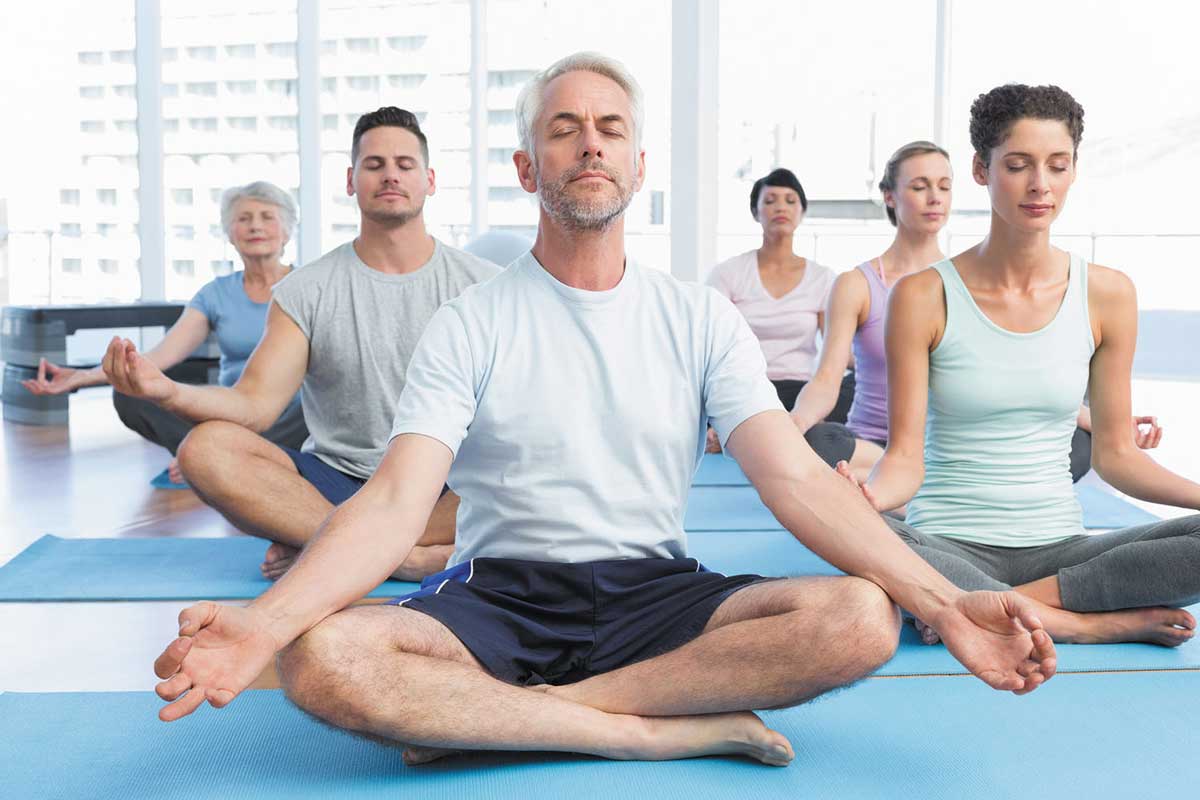The soaring popularity of mind-body practices, with a particular focus on Pilates and yoga, underscores a transformative shift in modern well-being paradigms. In a world characterized by constant hustle and digital overload, individuals are increasingly recognizing the importance of nurturing their mental and physical equilibrium. Pilates and yoga have emerged as the vanguards of this movement, offering holistic approaches that bridge the gap between the body and mind.
Pilates, renowned for its precise movements and core-strengthening benefits, has gained widespread recognition as a powerful tool for improving posture, flexibility, and overall physical fitness. Similarly, yoga’s timeless legacy as a union of body, mind, and spirit has resonated deeply with a generation seeking tranquility amidst the chaos. These practices are not merely exercise routines; they serve as profound avenues for stress reduction, mindfulness cultivation, and a renewed sense of vitality. As a result, Pilates and yoga have become emblematic of the growing desire for a harmonious coexistence between mental clarity and physical well-being in our increasingly fast-paced lives.
Selecting the appropriate practice between Pilates and yoga holds paramount significance in tailoring one’s wellness journey to individual needs and aspirations. Each of these disciplines offers distinct benefits that align with diverse goals and preferences, making the choice a pivotal step towards achieving holistic well-being.
Pilates, with its emphasis on core strength, controlled movements, and rehabilitation, is an ideal choice for individuals seeking to enhance muscular stability, correct imbalances, or recover from injuries. Its precision-focused approach lends itself well to those desiring a structured fitness regimen that fosters a strong foundation.
On the other hand, yoga’s versatility encompasses a spectrum ranging from gentle, meditative styles to dynamic, physically challenging forms. This diversity caters to those yearning for spiritual growth, improved flexibility, stress reduction, or even a deeper connection with the self. Recognizing the unique attributes of each practice empowers individuals to make an informed decision that resonates with their objectives, ultimately leading to a more purposeful and fulfilling wellness journey.
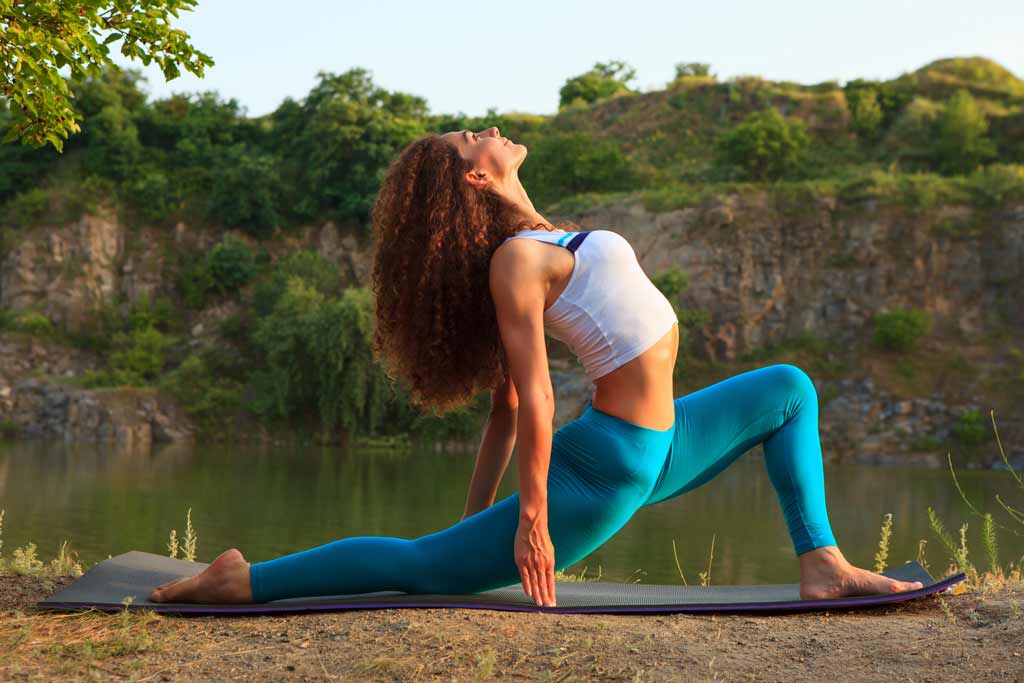
Table of Contents
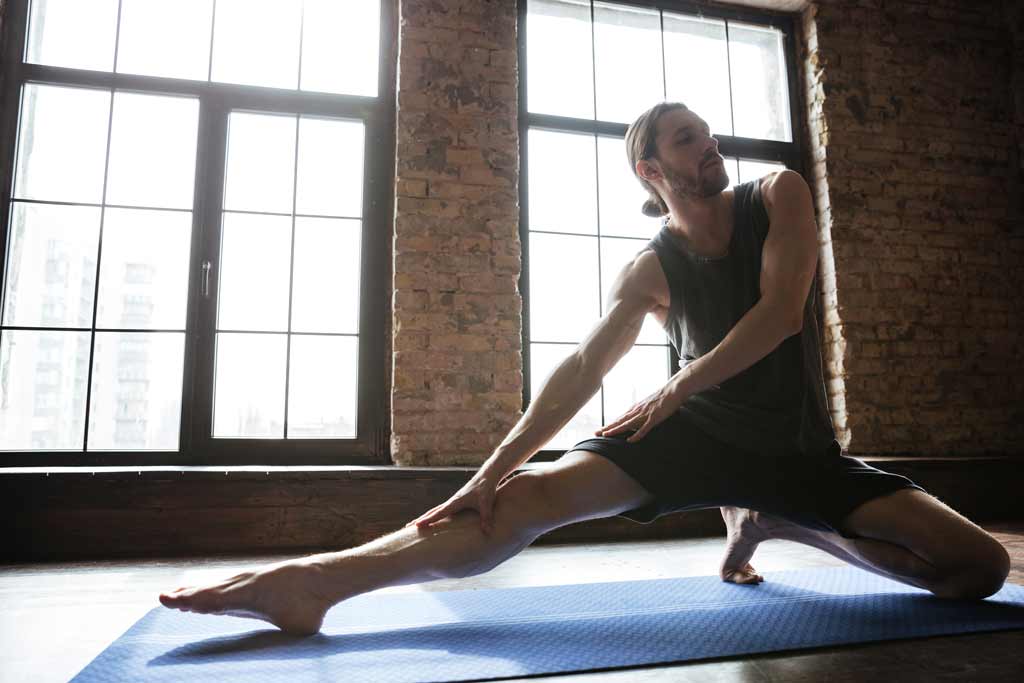
Pilates and Yoga: Origins and Philosophies
Pilates and yoga, while both prominent mind-body practices, trace their origins to distinct histories and embody unique philosophies that shape their essence. Delving into their roots sheds light on the fundamental differences between these two transformative disciplines, enriching the discourse of pilates vs yoga.
Pilates: A Modern Approach to Physical Fitness and Rehabilitation
Pilates, named after its creator Joseph Pilates, emerged in the early 20th century. Originating as a rehabilitation method during World War I, Pilates aimed to help injured soldiers regain their strength and mobility. Over time, it evolved into a comprehensive system of exercise focused on cultivating core strength, enhancing flexibility, and refining overall body mechanics.
With an emphasis on controlled movements, precise alignment, and activating the body’s deep stabilizing muscles, Pilates aims to create a balanced and harmonious physique. Its philosophy revolves around the principle that a strong core forms the foundation for functional movement and holistic well-being.
Yoga: A Time-Honored Path to Unity and Self-Realization
Yoga, in stark contrast, traces its origins back thousands of years to ancient India. Rooted in spiritual and philosophical underpinnings, yoga transcends mere physical practice. Its overarching philosophy seeks the union of mind, body, and spirit, striving for self-realization and oneness with the universe.
Yoga encompasses a diverse array of styles, each catering to distinct aspects of the human experience. From the dynamic sequences of Vinyasa to the contemplative stillness of Yin, yoga offers a rich tapestry of practices designed to cultivate self-awareness, inner peace, and a deeper connection to the cosmos. At its core, yoga encapsulates a profound journey of personal transformation and enlightenment.
In unraveling the origins and philosophies of Pilates and yoga, we embark on a voyage that unveils the nuanced tapestry of pilates vs yoga. Each practice is a gateway to distinct realms of physical vitality and spiritual awakening, inviting practitioners to align their chosen path with their unique aspirations and inner essence.
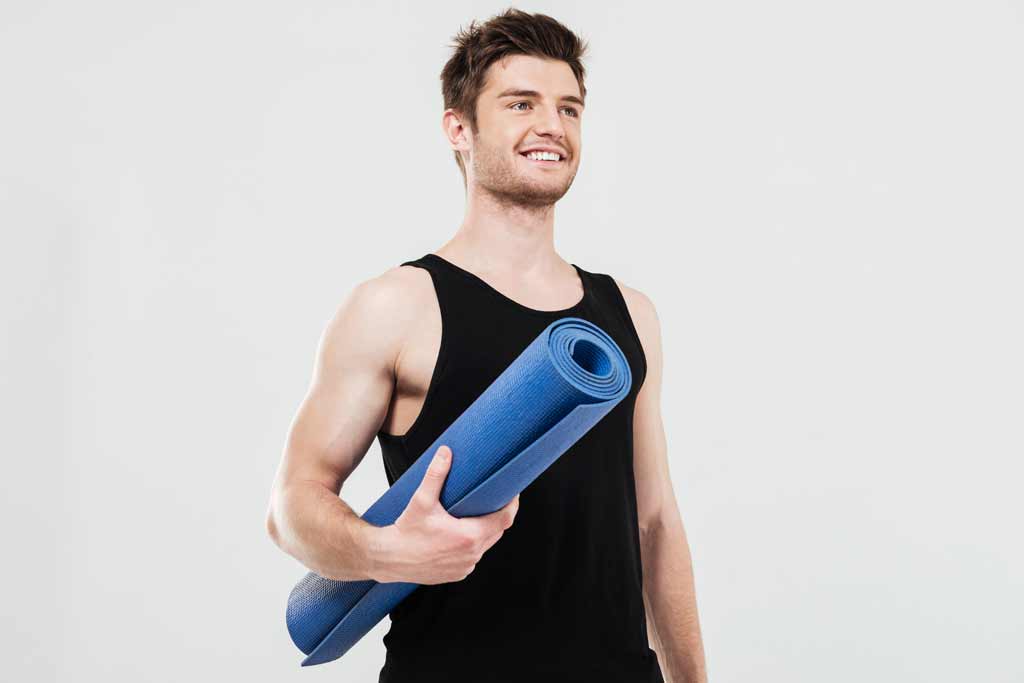
Physical Aspects Pilates and Yoga
In the ongoing exploration of whether to choose pilates or yoga, a closer look at the physical dimensions of these practices unveils a fascinating interplay between movement, strength, and flexibility. Pilates, renowned for its precise and controlled sequences, offers a rigorous regimen that amplifies core strength, refines muscular endurance, and cultivates impeccable alignment. In contrast, the diverse landscape of yoga styles, whether in the context of pilates vs yoga, embraces a spectrum of movement dynamics.
From the graceful flow of Vinyasa to the unwavering holds of Hatha, yoga seamlessly marries breath with postures to foster strength, enhance flexibility, and create a harmonious balance between the body and mind. Whether opting for the meticulous precision of Pilates or the holistic fluidity of yoga, both practices serve as gateways to realizing the intricate synergy of physical prowess and mental serenity.
Pilates: Controlled Movements, Precise Repetitions, Core Strength, and Stabilization
In the realm of fitness contemplation, whether pondering pilates vs yoga or seeking the perfect fusion of pilates or yoga, Pilates emerges as a beacon of focused refinement. Characterized by its methodical approach, Pilates revolves around controlled movements executed with unwavering precision. Through deliberate and meticulous repetitions, practitioners engage in a symphony of muscle activation that reverberates from the core.
The essence of Pilates lies in cultivating core strength – a cornerstone of bodily power and stability. With a laser focus on core engagement, this practice crafts a robust foundation, enabling practitioners to navigate physical endeavors with grace and resilience. Furthermore, the art of stabilization forms an integral facet, harmonizing the body’s intricate network of muscles to orchestrate fluid and controlled movement. As individuals delve into the discourse of pilates vs yoga or contemplate the choice of pilates or yoga, Pilates stands as a testament to the artistry of controlled motion, sculpted strength, and the unwavering poise it imparts.
Yoga: Diverse Styles, Strength Through Body Weight, and Enhanced Flexibility
Navigating the labyrinth of wellness options, the choice between pilates vs yoga or the harmonious fusion of [pilates or yoga] beckons contemplation. Within this realm, yoga emerges as a multifaceted gem, offering an array of styles that cater to diverse aspirations. From the serene embrace of Hatha yoga to the dynamic rhythm of Vinyasa, practitioners find a spectrum of choices that align with their preferences. While yoga encompasses a spiritual dimension beyond pilates vs yoga, its physical manifestations are equally captivating. Utilizing the body’s weight as resistance, yoga cultivates strength that transcends the superficial, delving into the very essence of muscular integrity. This method of fortification complements the quest for enhanced flexibility, a hallmark of yoga’s transformative potential. Through a symphony of postures and breath, yoga nurtures a supple body that gracefully traverses life’s pathways.
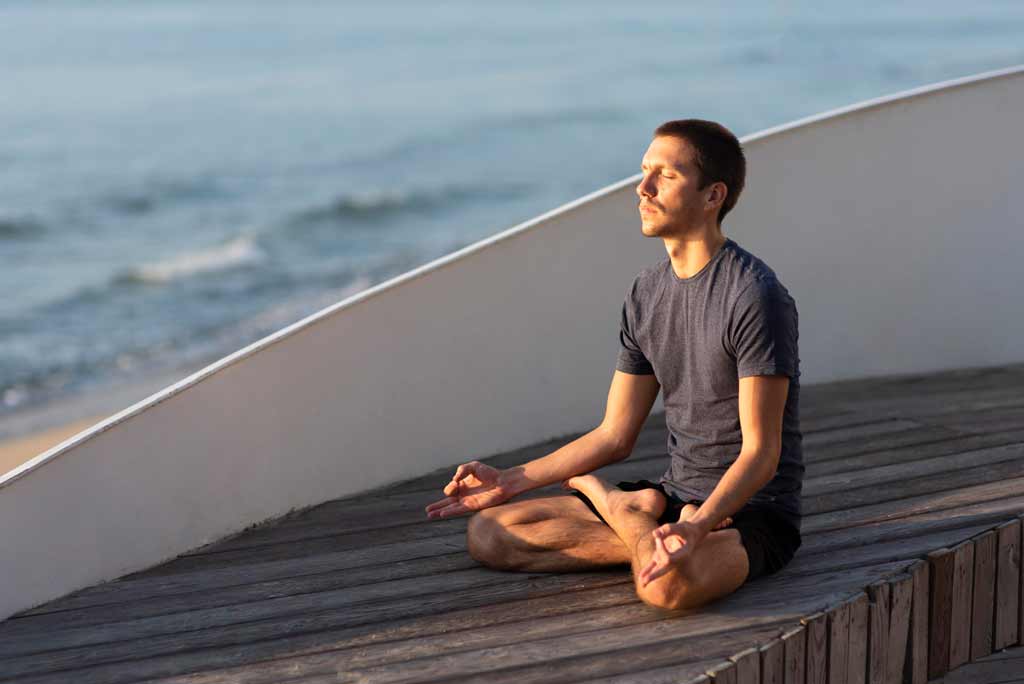
Breathing Techniques: Pranayama vs. Lateral Thoracic Breathing
Within the realm of mindful practices, the exploration of pilates vs yoga or the symbiotic integration of pilates or yoga uncovers a fascinating dichotomy in breathing techniques. Pranayama, an integral facet of yoga, encapsulates a holistic approach to harnessing the breath’s profound potential. Encompassing an array of techniques, pranayama transcends mere oxygen intake, delving into the intricate dance of energy regulation, mental clarity, and inner tranquility. In stark contrast, Pilates introduces the concept of lateral thoracic breathing, a specialized technique that harmonizes with controlled movement. This lateral expansion of the ribcage engages the core muscles, aligning with Pilates’ emphasis on core strength and stabilization. The juxtaposition of pranayama’s all-encompassing breathwork and Pilates’ focused lateral thoracic breathing presents a captivating dialectic, inviting practitioners to explore the varied dimensions of breath within the discourse of pilates vs yoga or the context of pilates or yoga.
Pranayama Techniques for Energy Regulation, Mind-Body Connection, and Relaxation
Within the realm of yoga, the practice of pranayama stands as a cornerstone of the journey toward holistic well-being. Pranayama, a series of intentional breath control techniques, extends its influence beyond mere respiration. It serves as a conduit for energy regulation, facilitating the harmonious flow of vital life force (prana) throughout the body. This ancient practice not only invigorates the physical self but also fosters a profound connection between the mind and body. With each deliberate inhalation and exhalation, pranayama paves a pathway to heightened mindfulness, facilitating a deeper understanding of one’s internal landscape. Moreover, pranayama acts as a gateway to relaxation, enabling practitioners to tap into a wellspring of tranquility amidst the tumult of daily life. Through the rhythmic orchestration of breath, yoga’s pranayama techniques illuminate a serene passage toward enhanced vitality, mental clarity, and a profound sense of inner calm.
Emphasis on Lateral Thoracic Breathing, Core Engagement, and Stability
In the realm of mindful movement and physical conditioning, the essence of Pilates shines with a distinct focus on specific breathing techniques and core dynamics. Lateral thoracic breathing, a hallmark of Pilates, takes center stage as a fundamental principle. This specialized breathwork involves expanding the ribcage laterally, engaging the intercostal muscles, and fostering a unique connection with the core. As each breath unfurls, the ribcage gently widens, promoting not only oxygenation but also a harmonious engagement of the body’s stabilizing muscles.
Moreover, Pilates encapsulates an unwavering commitment to core engagement and stability. The practice inherently integrates breath and movement, creating a symphony of controlled motion rooted in the foundational strength of the core muscles. Through deliberate and purposeful movements, Pilates cultivates a resilient core that serves as the linchpin for overall bodily stability. This emphasis on lateral thoracic breathing, core engagement, and stability not only refines physical prowess but also fosters a profound awareness of the body’s intricate mechanics. Within the realm of pilates vs yoga, or the contemplation of pilates or yoga, Pilates stands as a testament to the art of controlled breath and dynamic stability, offering a unique pathway to physical mastery and holistic well-being.
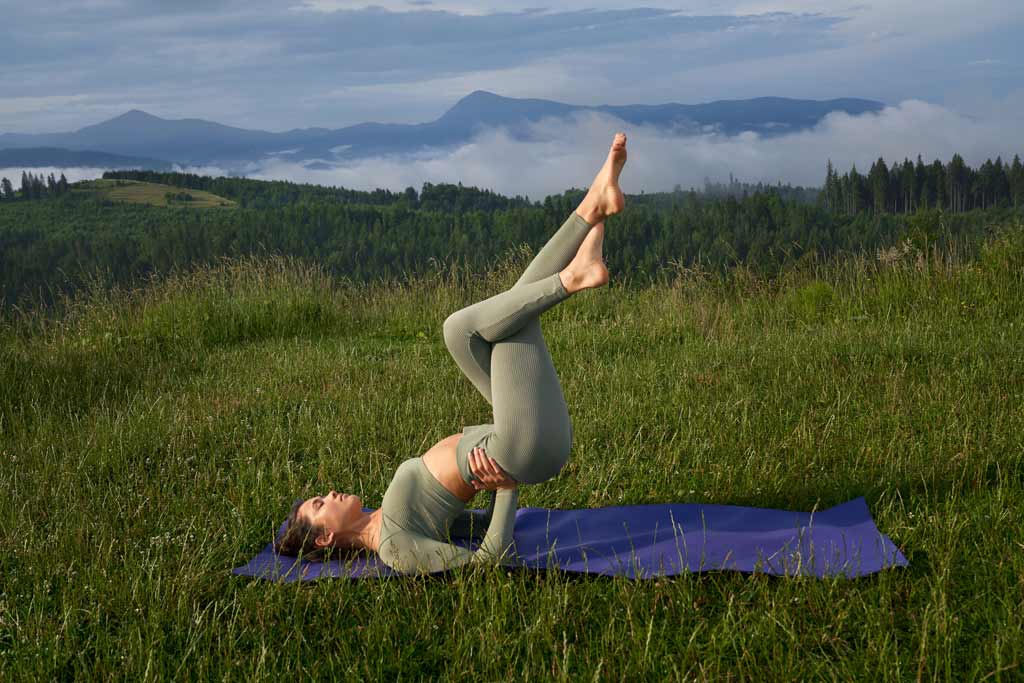
The spiritual element of yoga vs the purely physical aspects of Pilates
Yoga’s profound essence encompasses a spiritual and philosophical dimension that extends beyond the physical postures, inviting practitioners on an inner journey of self-discovery and self-realization. Rooted in ancient Indian traditions, yoga’s philosophy encompasses ethical guidelines, self-discipline, and a deep connection with the universe, ultimately fostering a sense of unity and interconnectedness. In contrast, traditional Pilates, while an effective system for physical conditioning and core strength, lacks explicit spiritual components. Developed by Joseph Pilates, its primary focus lies in precise movements, controlled breath, and core engagement, without incorporating the broader spiritual and philosophical principles found in yoga.
Yoga’s rich spiritual heritage
In the expansive universe of mind-body practices, the profound essence of yoga extends far beyond the realm of physical postures. At the heart of yoga lies a rich tapestry of spiritual and philosophical elements that transcend the boundaries of the physical self. Rooted in ancient Indian traditions, yoga encompasses a holistic philosophy that invites practitioners to embark on a transformative inner journey.
Yoga’s spiritual dimension is exemplified by its core teachings, including the eightfold path outlined in Patanjali’s Yoga Sutras. This path, known as Ashtanga Yoga, offers a roadmap for ethical living, self-discipline, and self-realization. The Yamas (ethical guidelines) and Niyamas (personal observances) form the foundation of virtuous living, encouraging practitioners to cultivate qualities such as non-violence, truthfulness, contentment, and self-discipline. Through meditation and self-inquiry, yoga encourages individuals to delve into the depths of their consciousness, unveiling profound insights and fostering a deeper connection with the self and the universe.
Yoga’s philosophical aspects extend to the concept of unity – the realization of the interconnectedness of all beings. This principle underscores the idea that separation is an illusion, and all life is interconnected and interdependent. As practitioners delve into yoga’s philosophical teachings, they are invited to transcend the confines of the ego and embrace a sense of oneness with all of existence.
Absence of spiritual aspects in Pilates
Unlike yoga, Pilates is primarily rooted in physical fitness and rehabilitation, and it lacks explicit incorporation of spiritual dimensions. Developed by Joseph Pilates, the focus of Pilates is on controlled movements, core strength, and alignment. While Pilates offers numerous benefits for muscular endurance, flexibility, and posture, it does not encompass the spiritual and philosophical components inherent in practices like yoga. Pilates’ emphasis on precise repetitions, stability, and body mechanics makes it an effective system for enhancing physical well-being and addressing specific muscular imbalances without delving into the spiritual realms that are central to yoga’s holistic approach.
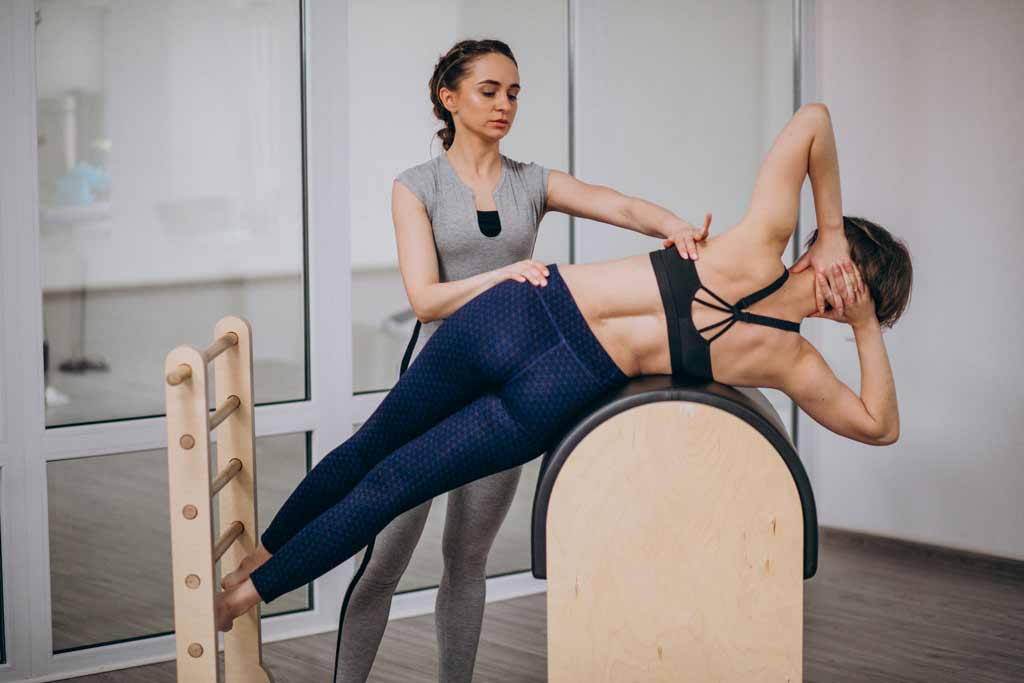
compare pilates and yoga for weight loss
In the discourse of pilates vs yoga, the quest for effective weight loss strategies often leads to the crossroads of Pilates and yoga, each offering distinctive avenues towards achieving a healthier body composition.
Pilates for Weight Loss: Precision and Core Empowerment
Pilates, renowned for its precision and core-centric approach, stands as a formidable contender in the realm of weight loss. Its controlled movements engage deep muscles, fostering lean muscle mass that elevates metabolic activity even during periods of rest. This effect, combined with enhanced posture and muscle toning, contributes to a gradual but sustainable calorie burn. While Pilates may not boast high-intensity cardiovascular exertion, its focus on sculpting lean muscles can gradually transform body composition. By aligning Pilates with cardiovascular exercises within the narrative of pilates vs yoga, a holistic weight loss regimen can be forged, combining the finesse of core empowerment with the dynamic vigor of cardio.
Yoga for Weight Loss: Harmony of Body and Mind
In the dynamic dialogue of pilates vs yoga, yoga emerges as a multifaceted approach to weight loss, intertwining physical transformation with emotional equilibrium. Dynamic styles such as Vinyasa and Power Yoga elevate heart rate and enhance calorie burn, fostering cardiovascular health. Yet, yoga transcends the purely physical. Mindful movement and conscious breathwork create a synergy that curbs emotional eating tendencies and nurtures a balanced approach to food. Stress reduction, a hallmark of yoga, curtails cortisol production, potentially aiding in targeted fat reduction. As the scale tilts in the direction of yoga within pilates vs yoga, practitioners are invited not only to reshape their bodies but to forge an empowering relationship between mind and physique.
Your Individual Odyssey
In the labyrinth of pilates vs yoga, the choice between Pilates and yoga for weight loss hinges upon personal inclinations and goals. Pilates offers the artistry of precision and core prowess, sculpting a foundation of strength, while yoga’s holistic embrace nurtures physical and emotional equilibrium. The key is to discern which practice resonates with your aspirations and complements your journey. A harmonious fusion of Pilates’ focused intensity and yoga’s mindful serenity might even hold the key to an integrative approach, allowing you to craft a dynamic weight loss odyssey that honors both body and soul.

Equipment and Props: Enhancing Practice
Both Pilates and yoga offer a diverse range of equipment and props that augment and enrich the practitioner’s experience, adding unique dimensions to their respective practices.
Pilates Equipment
Pilates employs specialized equipment such as reformers, Cadillac machines, stability chairs, and barrels. These meticulously designed apparatuses use springs and pulleys to provide resistance, enhancing muscle engagement and targeting specific areas of the body. The equipment’s versatility allows for a wide variety of exercises, facilitating controlled movements and precise alignment. This additional resistance challenges the body in different ways, leading to heightened strength, flexibility, and coordination. The use of props like resistance bands and magic circles further amplifies the effectiveness of Pilates, making it an adaptable practice suitable for individuals at various fitness levels.
Yoga Props
In the world of yoga, props like blocks, bolsters, straps, and blankets play a pivotal role in making the practice accessible and beneficial for all practitioners. Props assist in achieving correct alignment, especially in challenging poses, enabling individuals to experience the benefits of poses without strain. They also aid in deepening stretches and holding poses for longer durations, allowing for a gentle opening of the body over time. Yoga props promote a safe and supportive practice, helping individuals of all abilities find comfort and stability in their postures. From beginners to experienced practitioners, these props act as valuable companions on the journey of self-discovery and holistic well-being.
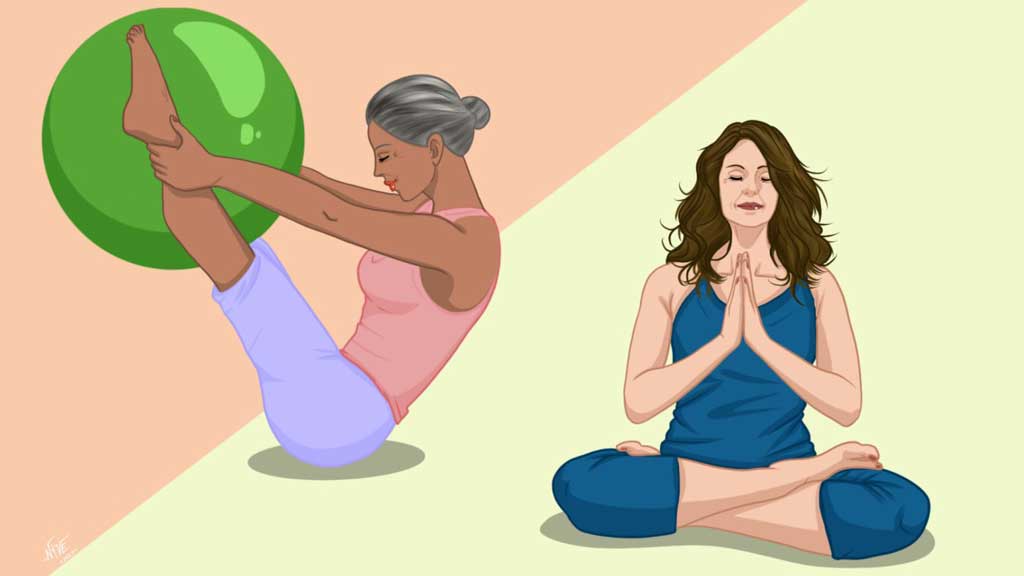
What is better for beginners yoga or Pilates?
In the ongoing discourse of pilates vs yoga, the question of which practice is better suited for beginners finds its answer in the structured approach and foundational benefits offered by Pilates. While both Pilates and yoga possess unique attributes, Pilates often emerges as an excellent starting point for those new to the realm of mind-body practices, particularly in establishing a solid foundation for reaping the Benefits of yoga.
Precision and Core Foundation: Pilates’ Advantages for Beginners
Pilates, with its emphasis on controlled movements, precise alignments, and core engagement, provides beginners with a comprehensive and well-structured foundation. The systematic approach of Pilates routines offers a clear framework, making it easier for newcomers to understand and execute the exercises correctly. This not only minimizes the risk of injury but also helps in building a strong mind-body connection from the outset. The focus on core strength and stabilization fosters a solid base for further exploration into fitness and wellness, echoing the foundational principles often sought after in yoga practices.
Moreover, Pilates’ attention to detail and controlled progression allows beginners to develop a heightened awareness of their body’s mechanics. As individuals navigate the dynamic landscape of pilates vs yoga, Pilates’ deliberate and intentional movements serve as a bridge, providing beginners with a tangible entry point into the world of mindful practices, complementing and potentially enhancing the Benefits of yoga. While yoga undoubtedly offers its own array of benefits, the structured nature of Pilates, with its core-centric approach, often proves to be particularly effective and empowering for beginners seeking to build a solid physical and mental foundation, augmenting their pursuit of the Benefits of yoga.
Conclusion: Navigating Pilates vs Yoga for Personal Well-being
As we conclude this exploration of pilates vs yoga and the intricate interplay of pilates or yoga, it becomes evident that these two mind-body practices offer distinct yet complementary pathways toward holistic well-being. Pilates stands as a testament to precision, core strength, and meticulous alignment, making it an ideal choice for those seeking focused physical conditioning. On the other hand, yoga’s multifaceted landscape, from the tranquil depths of Hatha to the dynamic flow of Vinyasa, embodies a harmonious fusion of flexibility, spiritual growth, and self-discovery.
Amidst these differences, the essence of our journey lies in recognizing the paramount importance of aligning our practice with our unique goals and needs. Whether it’s sculpting core strength through Pilates or delving into the spiritual dimensions of yoga, the key is to embark on a path that resonates deeply with our aspirations. Both practices offer the gift of self-awareness, empowerment, and transformation, serving as portals to enhance our physical vitality and enrich our inner landscape.
In this dynamic dialogue of pilates vs yoga, the ultimate invitation is to explore both practices. Embrace the enriching facets of Pilates’ precision and yoga’s holistic embrace. Embody the joy of movement, the serenity of breath, and the profound connection between mind and body. With an open heart and a curious spirit, embark on this journey of self-discovery, and may you find the practice that not only supports your well-being but also nurtures your soul in ways that resonate deeply.



